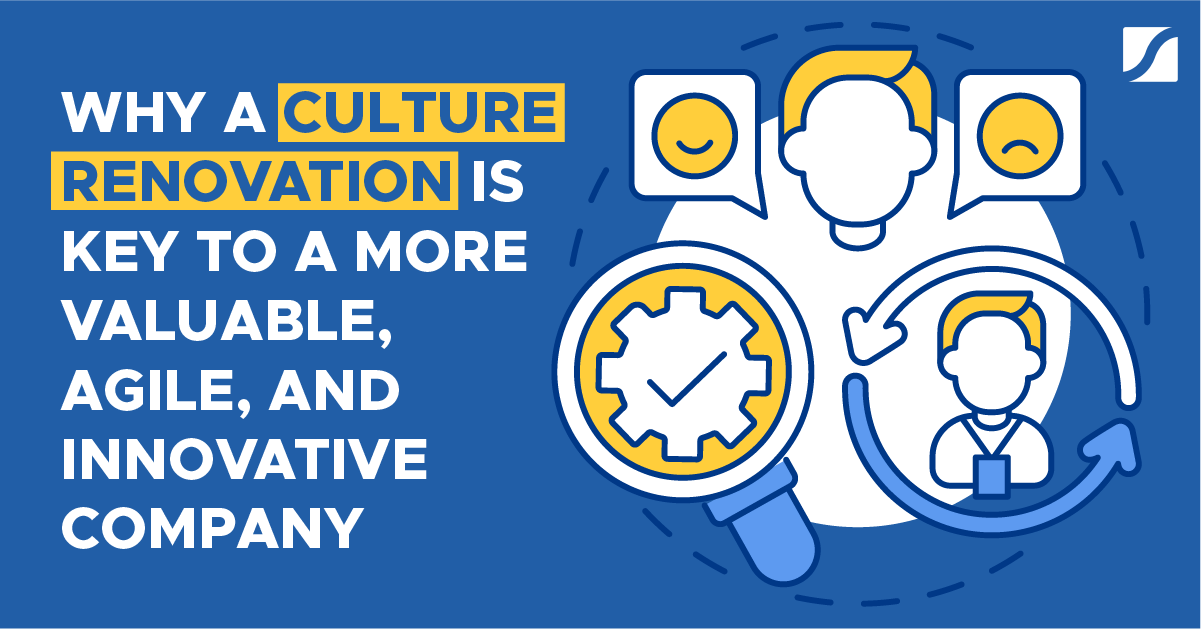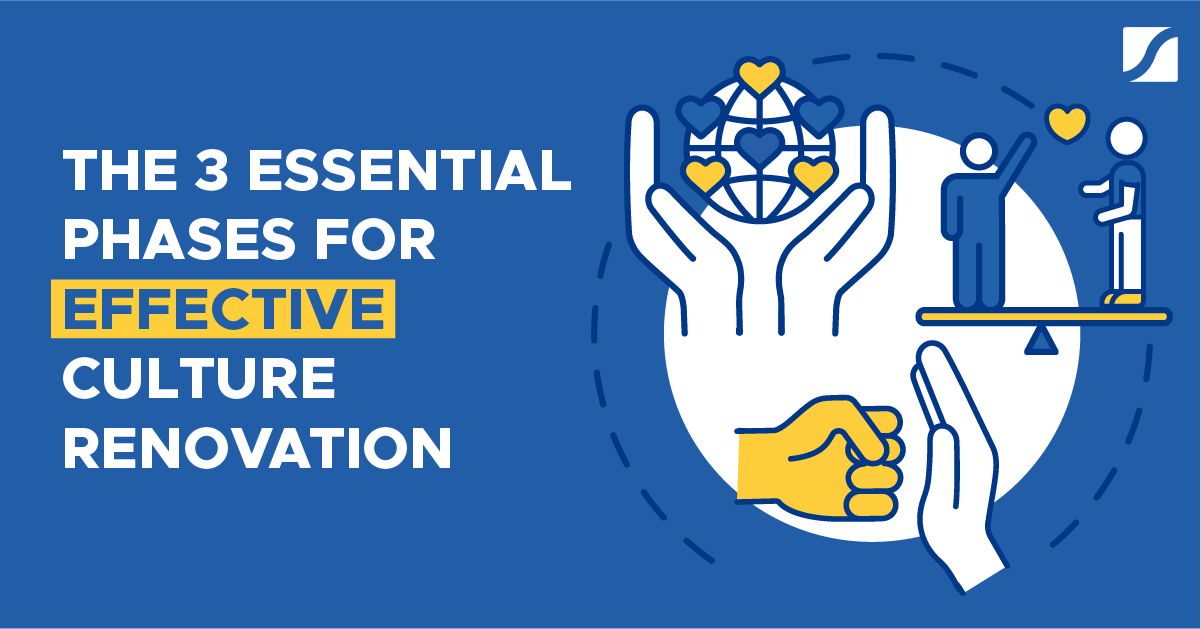Comcast and the True Path of Innovation

I was never the star soccer player. I played every game throughout high school, but rarely scored. Today, I huff and puff Saturday mornings with friends ages 40 and up, yet my record remains unchanged.
They keep fielding me, I think, not just because of my charming demeanor, but because I’m pretty good at placing the ball. I’ve always been able to visualize how the game would evolve, to spot a pattern emerging, and then get the ball to the player, who passed it to the player who scored.
That, I’ve come to realize, is the true path of innovation.
Seventy-seven percent of “Most Admired Business Innovators” from Forbes and other leading lists are company founders. The rest are CEOs. We admire the heroes of innovation, the entrepreneurs who push their ideas through uneven odds to bring their social platforms or electric cars to the world, or the CEOs who transform boring companies into vibrant ones.
This infatuation with placing a face on innovations blinds us from the true driver of the innovations that will most matter for your company, your community, and the world.
Leaders Drive Innovation With Nudges
Just as in soccer, where we count goals and assists, but the pass twice removed – the person who passes the ball to the person who passes the ball to the player that scores the goal – rarely gets recognition, our research into the paths of transformative innovations shows that success depends far more on nudges made by others back field, before the excitement of a goal comes into focus.
If you can recognize the power of being that person, you can more skillfully change the world. If as a leader you can start identifying and activating the people who will work behind the scenes to set up your innovation wins, you will create a groundswell of organic growth.
Consider Tom Wlodkowski. He knows that opportunities to drive innovation are not contained to formal meetings, and that you often must seize a moment to inspire change when you see it. And so during a chance encounter in a train station, he set in motion a sequence of events that impacted the lives of millions.
How A Blossoming Idea At Comcast Sparked A Movement
Tom is blind. He grew up in Connecticut, the youngest of four boys, with parents who pushed him beyond letting his eyesight slow him down. When he first tried to ride a bike, for example, he fell as all children first do. He wanted to give up. But his mother refused to let him. They would stay in the schoolyard where he was practicing until he got back on the bike, even if they stayed there all night. “She said it was the hardest thing for her to stay true because it would have been easy to say, ‘You know what, let’s just go walk the bike home and we’re done,’ right?” he said. “But that was probably the best thing she could’ve done.”
Tom is vice president of accessibility at Comcast, which, at $75 billion in revenue, is the largest broadcasting and cable television company in the world. In that role, Tom’s mission is to spur Comcast to innovate its products and services to better serve “viewers” with disabilities. “People don’t think of disabled people as being a market, but one-third of US households have a disabled person and they represent $200 billion in spend,” he told me.
Tom got to this role through communications. A position just out of college with WGBH, Boston’s National Public Radio, led to an outreach role in which he consulted to WGBH corporate partners to help them do a better job at serving customers with disabilities. This led to a stint at AOL and positioned him to bring his passion to Comcast.
His efforts have led to the cable industry’s first accessible set-top box interface, accessible user interfaces for web, accessible mobile and desktop applications, and the opening of a dedicated service center to support customers with disabilities. But in order to set the stage to help make these accomplishments happen, Tom first seized an unusual opportunity when he bumped serendipitously into his colleague, Todd Arata, Comcast’s VP of brand marketing, at a suburban train station outside of Philadelphia.
Tom immediately recognized that this informal meeting outside the hustle and stress of a regular workday was the perfect opening to plant the seed of an idea: Comcast’s accessibility innovations were making a difference to its customers with disabilities, but what kind of impact could they have if they brought it mainstream? What if there was an advertising campaign that showcased the good that comes from enabling visually impaired customers to experience movies and television?
This would not only enhance the company’s corporate brand, but it would touch those with disabilities, their families, and the public as a whole.
The seed took root in Todd’s mind and he began developing a concept. Tom watched patiently, offering support where wanted, as the idea took shape. The idea eventually blossomed into a short documentary and advertisement called “Emily’s Oz.”
Emily is a seven-year-old girl who is “unique because I can’t see anything.” Her favorite movie is “The Wizard of Oz,” with its imaginative characters, the Lion, the Tin Man, and the Scarecrow. But since Emily has never actually seen the characters as depicted in the movie, she invents what they look like in her imagination.
In Emily’s Oz, she gets a chance to create HER Oz. She describes to the crew of animators, cinematographers, and artists what SHE thinks Oz’s characters look like. To her, the Scarecrow has wooden teeth. The Tin Man is unusually thin because he has no heart with feet as huge as houses. The lion must be as small as a toy poodle and walks on two webbed duck feet.
The 60-second commercial was aired during the 2015 Oscars (Academy Awards) and sparked a conversation about how people with disabilities enjoy entertainment. Tom explained, “We want to create opportunities for people who love film and television but who might not have the opportunity to experience it to its fullest.”
Tom passed along the idea in that train station, and three years later it blossomed into a goal. It not only featured Comcast as a corporate leader of accessibility, dedicated to connecting customers with disabilities to the films and television they love, but enabled millions to experience – for the first time ever – what it is like to enjoy a film without sight.
Innovation Happens When You Spread The Accountability
“Share the credit,” Tom advised when I asked him what his core lesson was. Because Tom chose not to drive the ball to the goal himself, because he passed it to someone who passed it to someone who scored, his company and millions of people with disabilities won.
What opportunities can you find to pass the innovation ball upfield, setting someone else up for a goal?
Who are your internal innovators – the players twice removed from the goal – and how are you activating them?
Discover 5 Ways To Outthink - Rather Than Outspend - Your Competition In 2021!
In the game of business, it's not about who can spend the most, but who can accomplish the most with the money and resources they have.
That's why we're inviting you to learn from one of the world's top innovative business strategists for free!
Join us for a free live training with Kaihan Krippendorff and walk away with 5 Disruptive Ways To Outthink Your Competition In 2020.![Copia de Copia de [SU] Article banner horizontal](https://blog.growthinstitute.com/hs-fs/hubfs/Copia%20de%20Copia%20de%20%5BSU%5D%20Article%20banner%20horizontal.jpg?width=696&name=Copia%20de%20Copia%20de%20%5BSU%5D%20Article%20banner%20horizontal.jpg)
You've survived the chaotic shifts of 2020
Now it's time to get your leadership team together and design a plan to 2x growth and 10x the value of your organization in 2021!
Save your spot for the free training today



